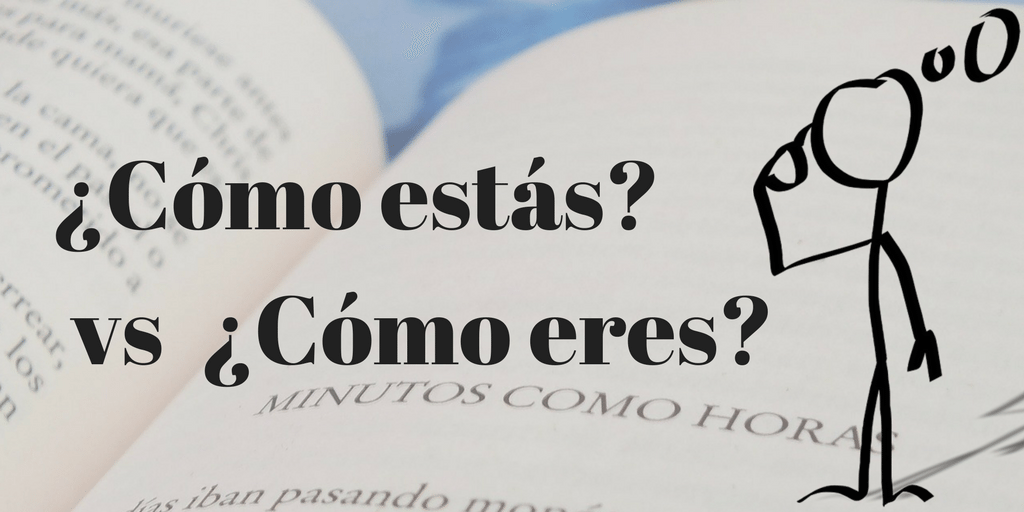Understanding and Responding to “¿Cómo Estás?”
“¿Cómo estás?” is a fundamental phrase in Spanish that translates to “How are you?” in English. This question serves as a common greeting and is often used to initiate conversations. While the most straightforward response might be “Bien” (Good), there are numerous ways to reply, depending on your mood, the context, and your relationship with the person asking. This article will explore various responses to “¿Cómo estás?”, their meanings, and appropriate contexts for use. Additionally, we will include a FAQ section to address common inquiries regarding this topic.
Common Responses to “¿Cómo Estás?”
Here’s a breakdown of typical responses categorized by their tone and context:
1. Standard Responses
These responses are neutral and can be used in almost any situation:
| Spanish | English |
|---|---|
| Estoy bien | I’m fine |
| Muy bien | Very good |
| Todo bien | Everything’s good |
| Más o menos | So-so |
| Mal | Not doing well |
| Muy mal | Very bad |
Example Usage:
- Person A: ¿Cómo estás?
- Person B: Estoy bien, gracias. ¿Y tú? (I’m fine, thank you. And you?)
2. Polite Responses
These responses add a touch of politeness, making them suitable for formal situations:
| Tú Version | Usted Version | English |
|---|---|---|
| Muy bien, gracias. ¿Y tú? | Muy bien, gracias. ¿Y usted? | Very good, thank you. And you? |
| Estoy bien, gracias. | Estoy bien, gracias a usted. | I’m fine, thank you (formal). |
Example Usage:
- Person A: ¿Cómo está usted?
- Person B: Muy bien, gracias. ¿Y usted?
3. Casual and Funny Responses
For informal settings or when joking around, these responses can lighten the mood:
| Spanish | English |
|---|---|
| Aquí estamos | We’re hanging in there |
| Tranquilo | Chill |
| No me quejo | I can’t complain |
| ¡Todo chévere! | Everything’s cool! |
Example Usage:
- Person A: ¿Cómo estás?
- Person B: Aquí estamos, ¿y tú? (We’re hanging in there, and you?)
Regional Variations
Responses may vary significantly across different Spanish-speaking countries. For instance:
- In Mexico, people might say “¡Todo bien!” or “¡Chido!” (Cool!)
- In Argentina, “¡Todo piola!” is common.
- In Venezuela, one might respond with “¡Arrechísimo!” (Amazing!)
Table of Responses by Region
| Region | Common Response | Translation |
|---|---|---|
| Mexico | ¡Todo bien! | Everything’s good |
| Argentina | ¡Todo piola! | Everything’s cool |
| Venezuela | ¡Arrechísimo! | Amazing |
FAQ Section
Q1: What is the best response if I’m not feeling well?
If you’re not feeling well, you can say “No tan bien” (Not so well) or “Mal” (Not doing well). It’s perfectly acceptable to be honest about your feelings.
Q2: Should I always ask how the other person is after responding?
Yes, it’s polite to reciprocate by asking how the other person is doing after your response. This shows interest in their well-being.
Q3: Is it okay to use slang or casual responses at work?
This depends on your workplace culture. In more formal environments, it’s advisable to stick with standard or polite responses.
Q4: Can I respond with just “bien”?
While “bien” is a common response, it can come off as flat or disinterested if used alone. It’s better to add a follow-up question or expression of gratitude.
Q5: How can I practice these responses?
Engaging in conversation with native speakers or practicing with language learning apps can help you become comfortable with various responses.
Conclusion
Responding to “¿Cómo estás?” involves more than just saying “bien.” Depending on the context and your feelings, you have a wide array of responses at your disposal. By understanding these variations and practicing them in real conversations, you can enhance your Spanish communication skills significantly.For further reading on greetings and responses in Spanish, consider visiting Wikipedia for more insights into cultural nuances and language usage.This guide provides a comprehensive overview of how to respond to “¿Cómo estás?” while also addressing common questions surrounding the topic. By using this information effectively, you’ll be better prepared for conversations in Spanish-speaking environments.






More Stories
Where to Watch USMNT vs Jamaica National Football Team
How I Met My Monster
How Should a Ring Fit